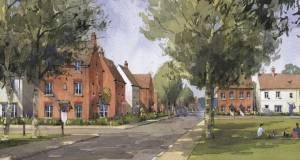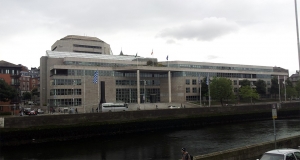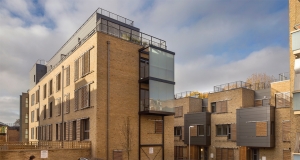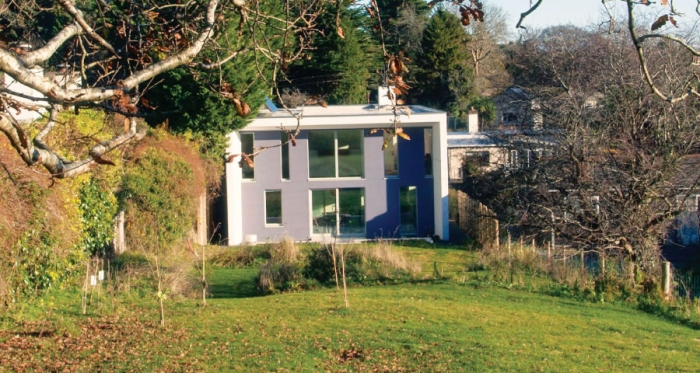Passive House Standard - passivehouseplus.co.uk
More UK councils adopt passive house standard
Dublin City Council officials defy councillors on passive house vote
Unelected officials in Dublin City Council have rejected the decision by city councillors to make the passive house standard or equivalent energy performance standards a mandatory planning condition for all new buildings in the city. The council also included a statement to protect the route of the controversial Eastern Bypass, in spite of councillors voting against it.
Democrat advisor praises Irish passive house action
World-renowned author, environmentalist and advisor to the Democratic Party Bill McKibben has praised the green leadership that Ireland is starting to show through Dún Laoghaire-Rathdown and Dublin City Council voting to make the passive house standard or demonstrably equivalent alternatives mandatory for all new buildings.
Dublin City Council votes to make passive house standard mandatory
Dublin City Council has voted to make the passive house standard or demonstrably equivalent evidence-based approaches mandatory for all new buildings in the city, after a similar policy was enacted in Dún Laoghaire-Rathdown County Council in February.
Delivering passive house at scale
Dublin is on the verge of taking a giant leap forward for construction, with two major authorities in the region set to make the passive house standard mandatory for new buildings. Can Ireland’s mainstream building sector rise to this challenge, and what can it learn from experience of big passive house projects across the water in the UK?
Essex house nears passive against the odds
When Mike Jacob of Trunk Low Energy Building started planning to build this unique Essex home, it seemed likely to run way over budget, and still fail to meet the passive house standard. But rethinking key details and making tough compromises got the house within touching distance of passive, while slashing costs.
Wicklow house comes close to passive
With a target as exacting as the passive house standard, circumstances can conspire against meeting every criteria. Architect Sam Mays describes a Co Wicklow home that hit every passive target except one when the builder went bust.








